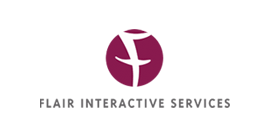It's always great to have lots of fresh content on your Web site and you want to be sure you give users as much information as they need, but it's also important not to go overboard. How can you tell when you have just enough content or when it's too much? Here are a few tips to help you decide:
Is your content is organized in a logical way?
- Sites that have too many topics or too much text on every page completely overwhelm their users.
- Organizing your content can be as simple as developing an outline (the way you did in high school) or a more complex information architecture.
Are your pages relatively short?
- You should include all of the information your users will find interesting, but the content should be broken into small, easily digested segments.
- Ideally, each page will focus on a single topic--but you can always add sub-pages.
Have you kept scrolling to a minimum?
- Users often don't bother scrolling down the page to read "below the fold", so put your most important information at the top of the page.
- Ask yourself if all of the content on a page that requires scrolling is necessary. Can it be eliminated? Can it be moved to a new page?
It's not okay to make the font really small.
- Stuffing a lot of words onto a page by using a smaller font makes the text way too dense, which also makes it harder for a user to read
- The font for your main body content should be no smaller than 12 points.
These are just a few things to think about when you're developing and adding content to your site. If you have other questions about content strategy or best practices, we can help.
Barb Conway
User Experience Lead
Flair Interactive Services, Inc.
